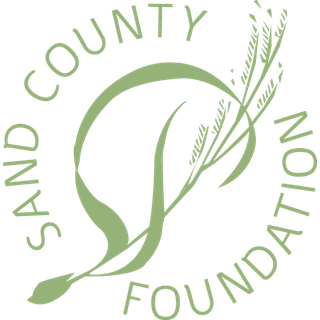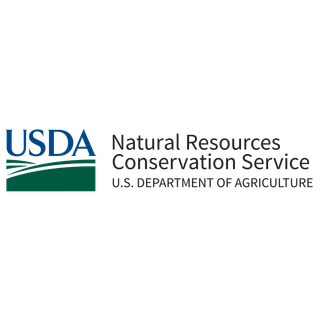Watch the Flinchbaugh's inspiring conservation story
When it comes to conservation and commerce, Flinchbaugh’s Orchard & Farm is an agricultural showcase.
A retail farm market, picnic pavilion, and seasonal events attract thousands of visitors. While there, three generations of Flinchbaughs educate their guests on how conservation benefits their food, water, and environment.
Cover crops, grass buffers, no-till practices, and precision agriculture technology are central to how their crop fields and orchards are managed. Siblings Mike and Andrew Flinchbaugh, and Julie Keene, are continuing the stewardship practices begun by their recently retired parents, Ritchie and Sonia.
The Flinchbaughs have long partnered with the USDA Natural Resources Conservation Service to conserve water, soil, and energy resources on their farm and on leased cropland. They grow 2,000 acres of corn, soybeans, wheat, hay, and milo, and another 52 acres of specialty crops: fruit, pumpkins, tomatoes, and flowers. For decades the family has leased cropland at the historic, county-owned Horn Farm, where they help provide public educational opportunities at the Horn Farm Center for Agricultural Education.
To improve their soil, the Flinchbaughs became early adopters of no-till farming in the 1980s. No-till mimics a forest floor, with many different layers of organic matter coating and cooling the soil’s surface. Organic matter boosts the soil’s ability to absorb and retain water, limiting runoff from heavy rain and melting snow. Rather than relying solely on manure and fertilizer to stimulate crop growth, no-till increases the amount of soil microbes that cycle nutrients.
The Flinchbaughs also plant a variety of cover crops every fall to increase soil fertility and biodiversity. Keeping living roots in the soil year-round with cover crops of winter rye, winter radishes, and turnips, provides an anchor against soil erosion, while controlling weeds, insect pests, and plant diseases.
Precision agriculture technology is used to maximize production with minimal nutrient application. Fertilizer, seed, and pesticide application is guided by Global Positioning Systems. This technology automatically turns the application equipment on or off to ensure there is no overlap, thereby reducing waste and runoff.
The Flinchbaughs achieve efficiency and resiliency with an Integrated Pest Management program on their specialty crops. The program is an environmentally sensitive approach to managing pests by combining biological, physical, and chemical tools in a way that minimizes economic, health, and environmental risks.
The adoption of high-density apple production is another way the Flinchbaughs are willing to take risks to increase their economic and environmental resiliency. This innovative approach improves fruit quality and labor efficiency. To break into the large grocer market, Flinchbaugh’s Orchard & Farm took the calculated risk of investing in a modern system that supplies increased quality and quantity of apples to supply their buyer’s demands.
To sustainably grow apples and peaches for the retail and wholesale markets, water is conserved using drip irrigation technology. Just as crop fields are rotated to increase soil fertility, the Flinchbaughs rotate their orchards every 15-25 years. The first fruit trees were planted shortly after Ritchie’s grandparents Jacob and Minnie Flinchbaugh bought the farm in 1951.
The Flinchbaughs maintain grass buffers along creeks and grassed alleyways between rows of fruit trees to absorb runoff, improve water quality, and provide bird and wildlife habitat. Mike, Andrew, and Julie each serve on local and regional committees that promote agricultural conservation. Their combined efforts have established Flinchbaugh’s Orchard & Farm as a well-known community hub.






